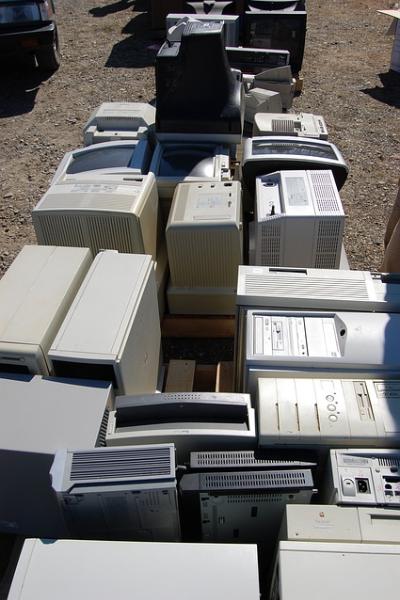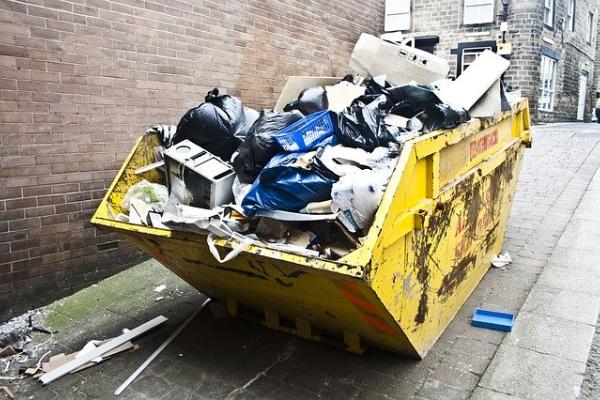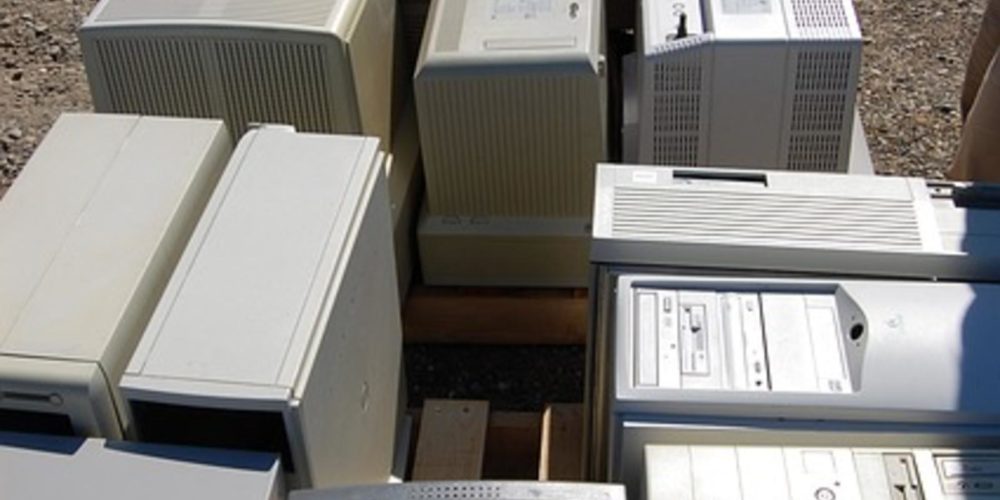We’ve talked before about E-waste, where it comes from and how companies are looking to alleviate the problem. Today we’re going to look at some numbers and facts regarding E-waste today such as how the U.S. handles E-waste.
The Scale of E-Waste in 2020
Before we get into any hard numbers or data, here’s a quick refresher on E-waste Facts. Electronic waste comes from computers, cell phones, TV’s and other pieces of technology. The waste portion or problem if you will is that these devices contain rare earth minerals.
Rare earth minerals are mined for their unique chemical properties that lend themselves to being very useful in building electronic devices. Unfortunately, the process of mining and refining these metals not only is seriously damaging to the environment, but also the health of those who work with and around them. In addition to the processing and mining of these materials, when the devices in which they are contained are improperly disposed of, these minerals can be released causing great environmental harm.
Without even having to go into the data you should be starting to realize how big of a problem this represents. If you can imagine how many people in the world own cell phones, computers, TVs and other electronics; that’s a lot of pollution if not disposed of properly.
The Balance Small Business cites a report from the World Economic Forum that states that E-waste is now the fastest-growing waste stream in the world, with an estimated waste stream of 48.5 million tonnes in 2018. An article from CBC states that worldwide, only about 20 percent of E-waste actually gets recycled.
As the demand for consumer goods like cell phones, tablets, laptops and other similar items grows, one can surmise the the amount of E-waste will grow along with it.

How the U.S. Handles E-Waste Today
According to the EPA, the U.S. EPA works with government officials around the world on e-waste management. In 2011 the U.S. EPA partnered with the Taiwaneese EPA to establish the International E-Waste Management Network which brought together countries ranging from Asia, Latin America, the Caribbean, Africa and North America to exchange best practices on e-waste management.
The EPA also reports that this year, they participated in the launch of the United Nations Industrial Development Organization Global Environment Facility program whose goal is to,” strengthen national initiatives and enhance regional cooperation or lead to environmentally sound management of E-waste.” The program was also able to develop a tool to enhance the ability of participating countries to assess how much e-waste is generated, imported and exported.
Think Global Act Local
While these may be interesting facts and statistics about what happens to E-waste at a high level, what does this mean for the homefront? Well, the EPA states that 25 states currently have laws requiring E-waste recycling, so your town or neighborhood may already be doing their part.
However, The Balance Small Business references a report stating that, “nearly 75 percent of old electronics continue to be stored in households because of the unavailability of convenient recycling options”. While unfortunate because it seems to point to a lack of available options, it is better than just tossing these items away.

We’re here to tell you that while E-waste is a serious issue, you need not to fret about your old computers or cell phones, because WE ARE readily available. You can simply contact us at Great Lake Electronics Corporation. We will happily assist you in handling your E-waste and recycling said waste in a proper, environmentally-friendly manner. Learn how you can help and save money on buying your next device.
Are you a business owner? We can help provide transportation and logistics for your e-waste, and provide data security solutions.

